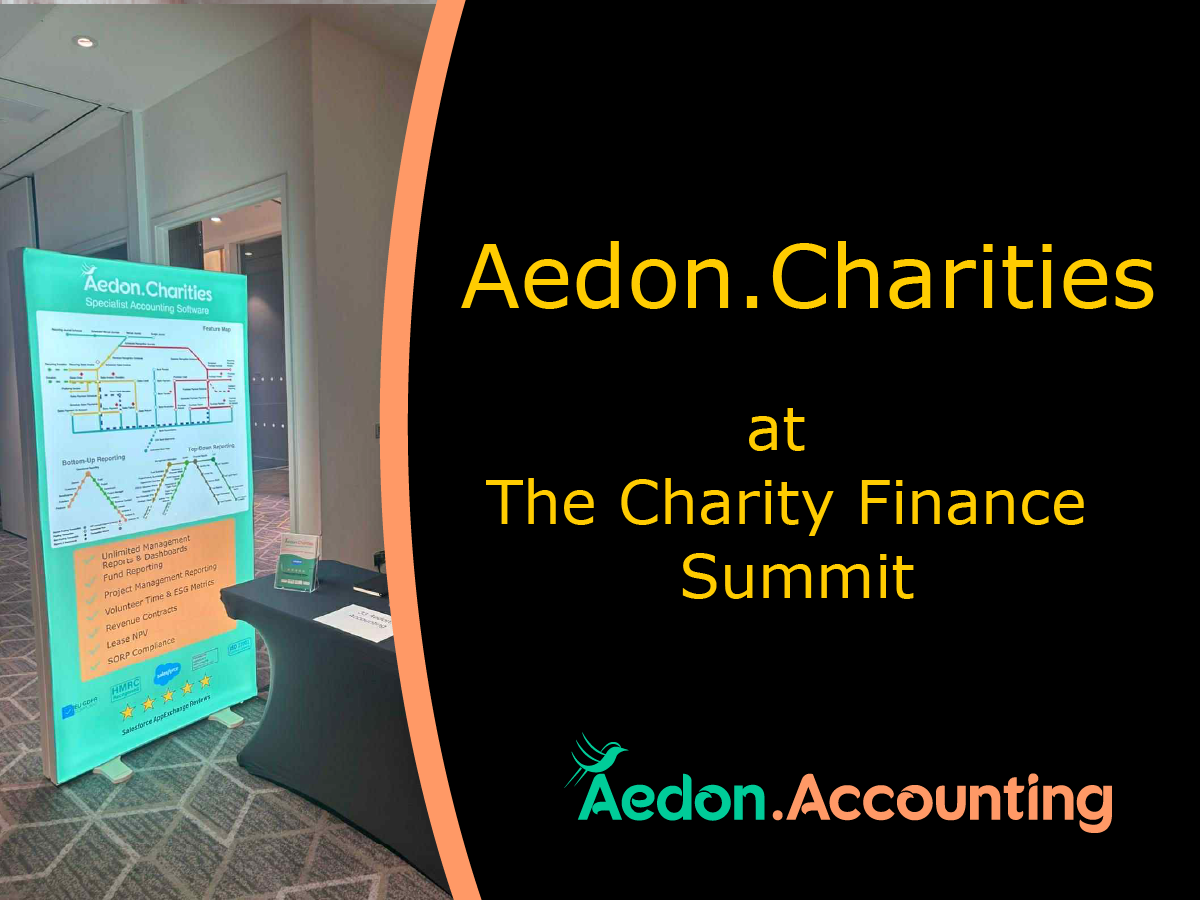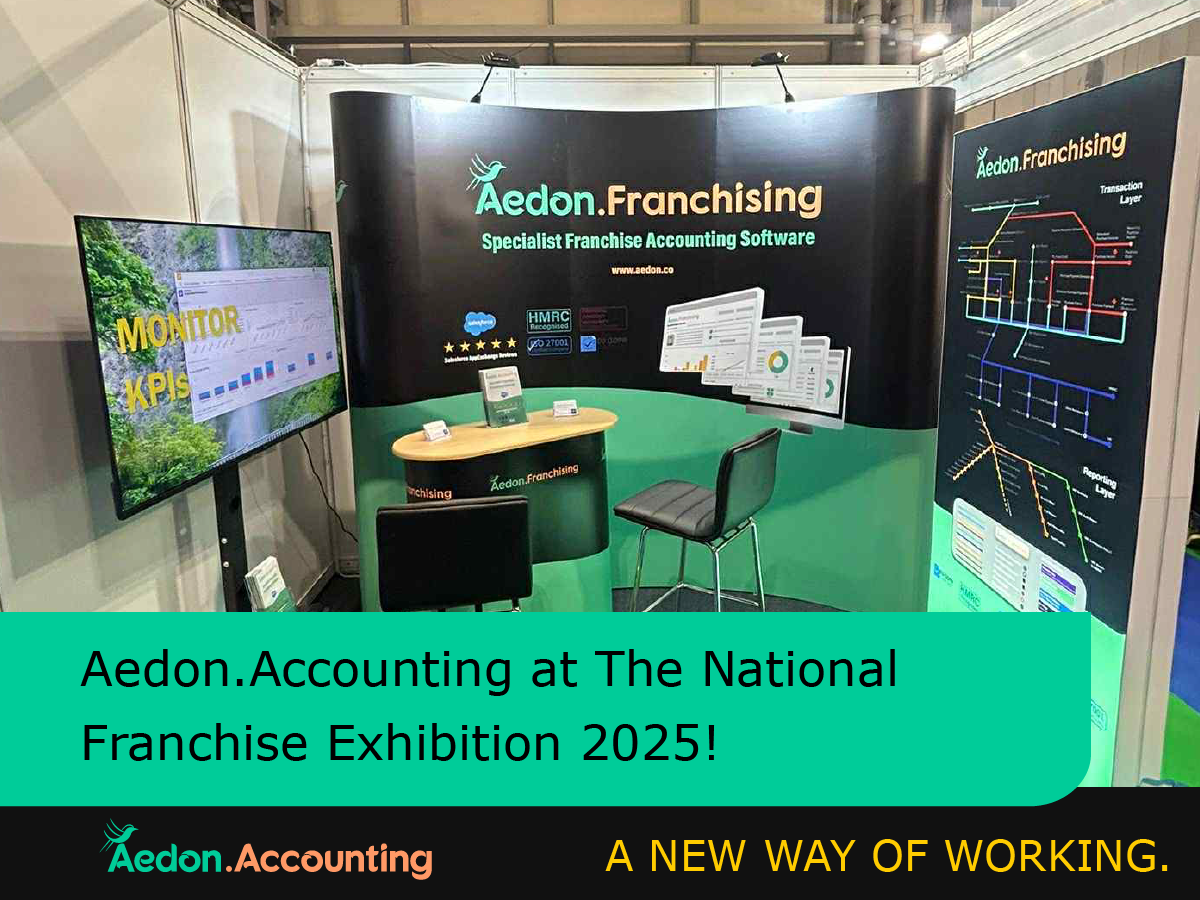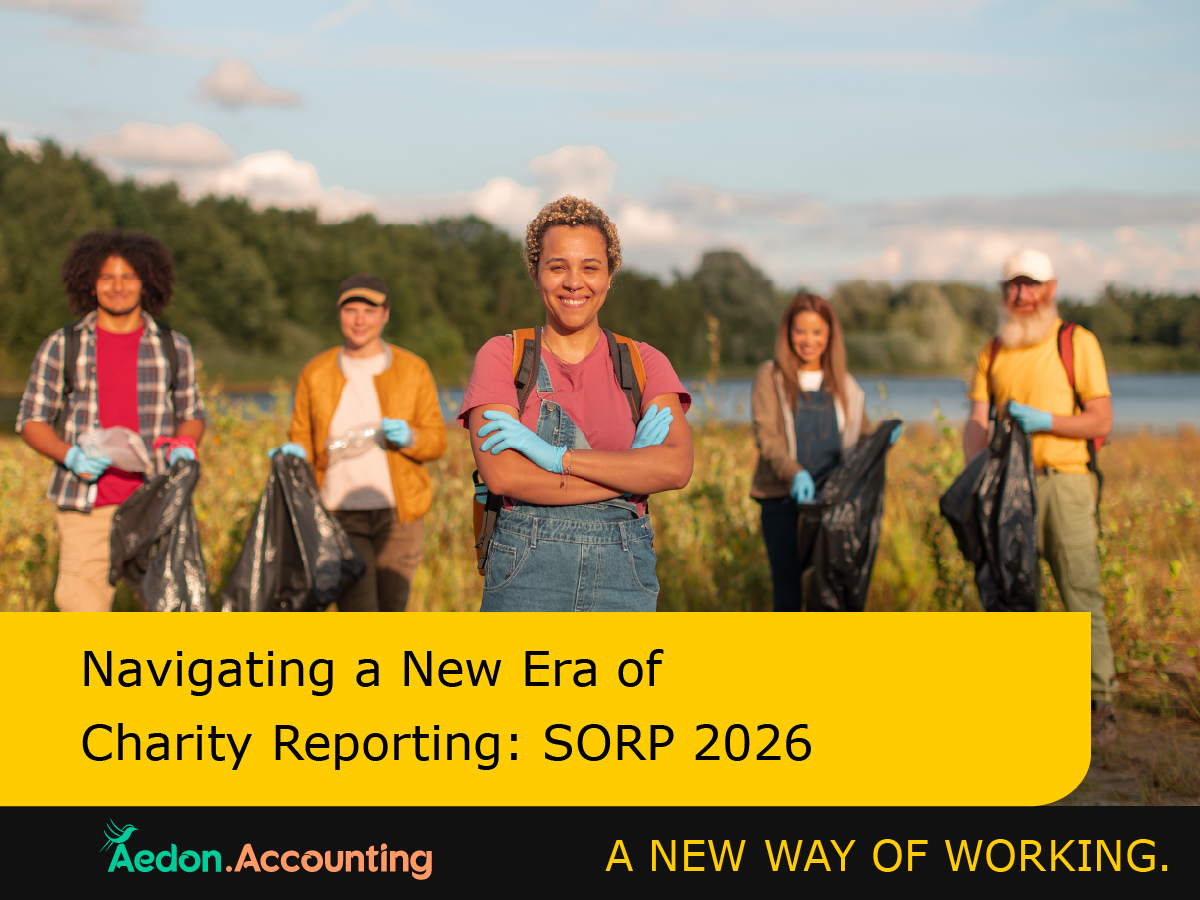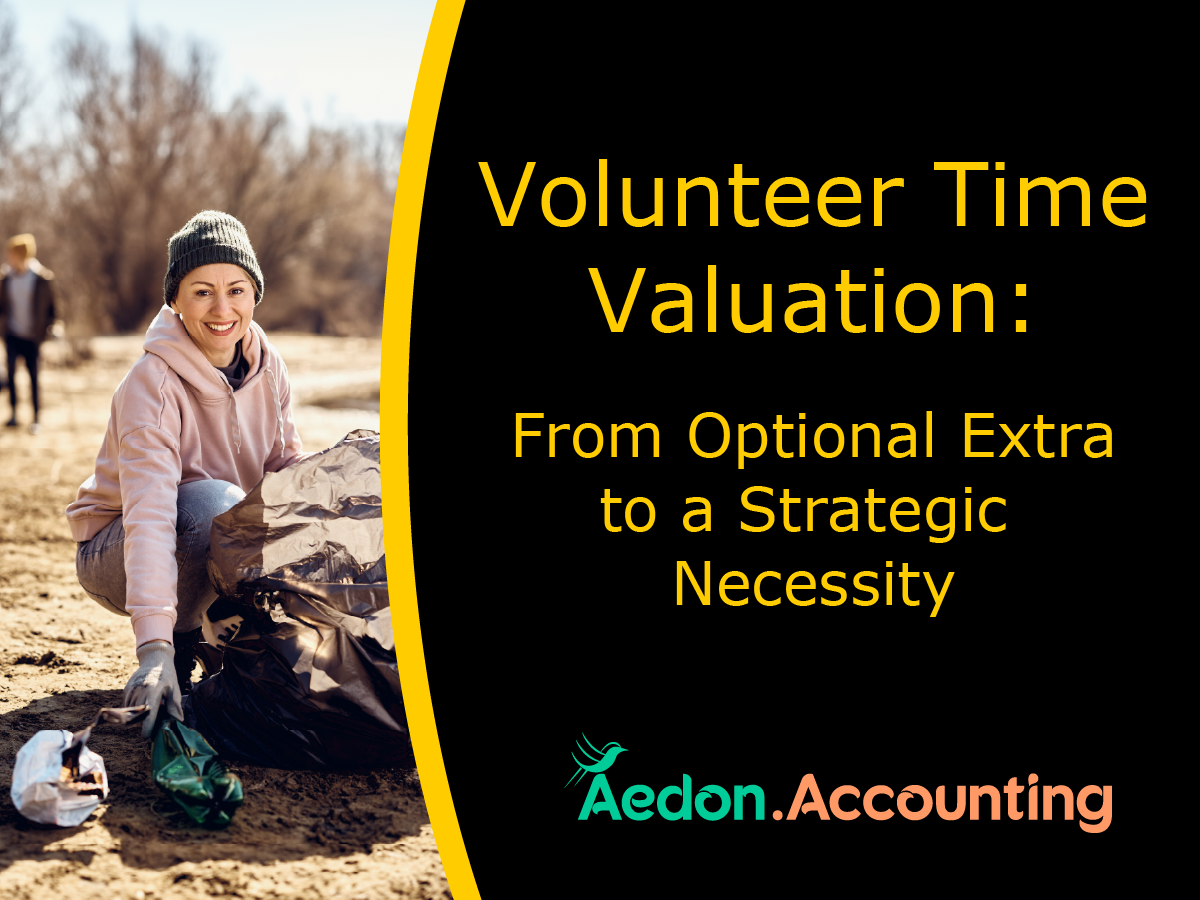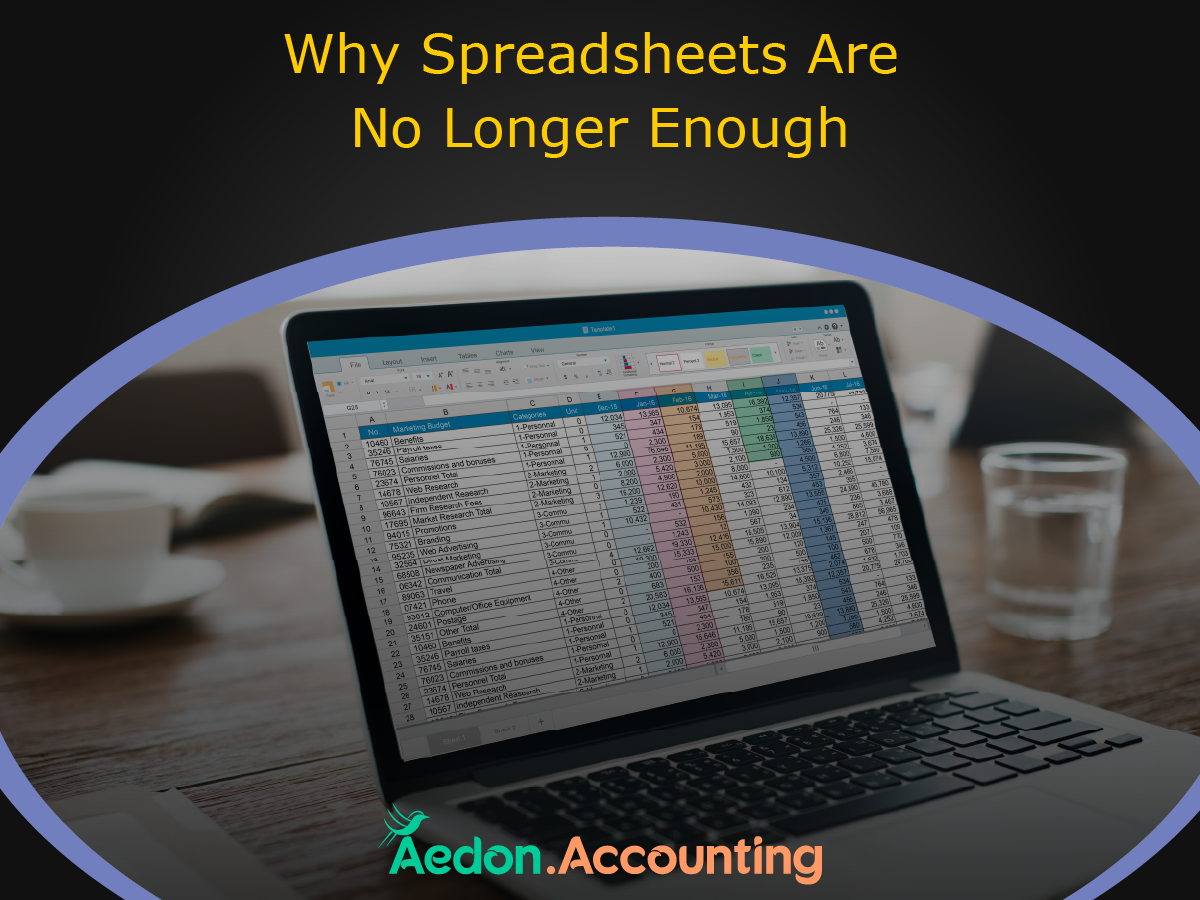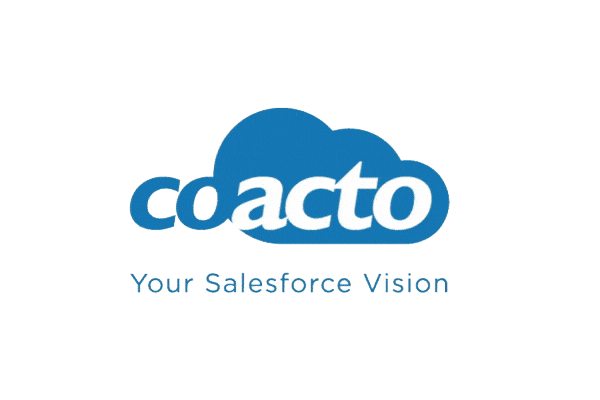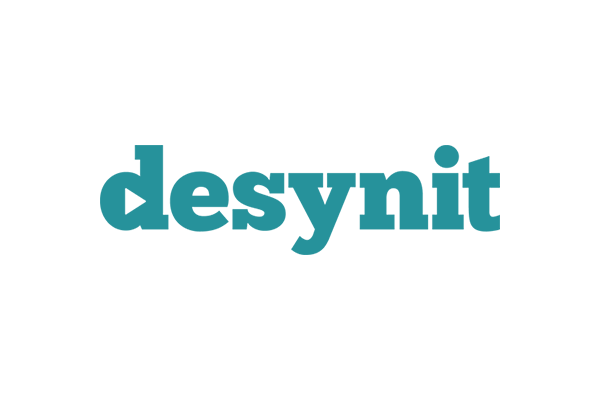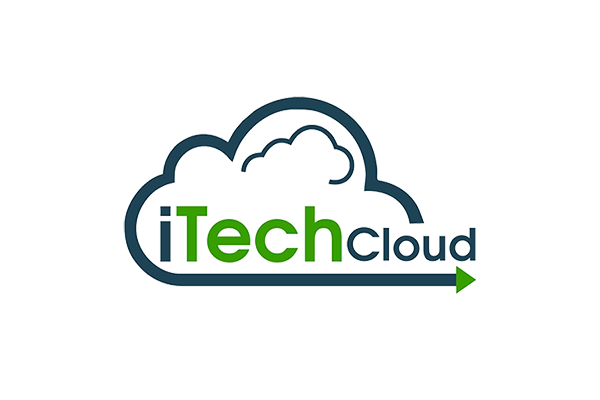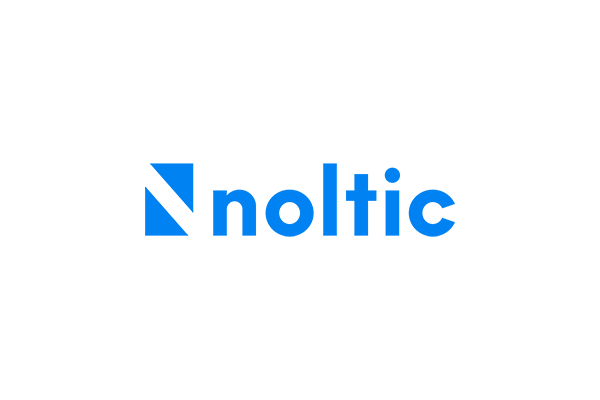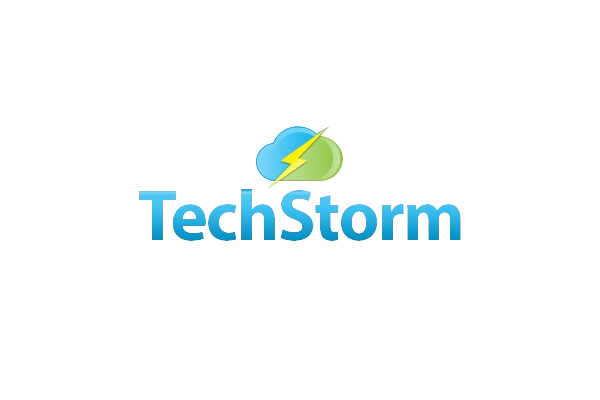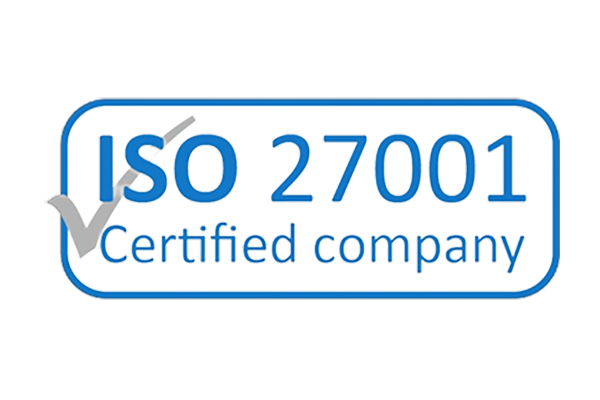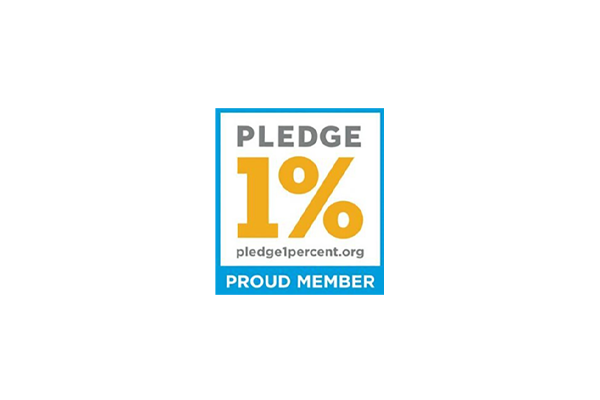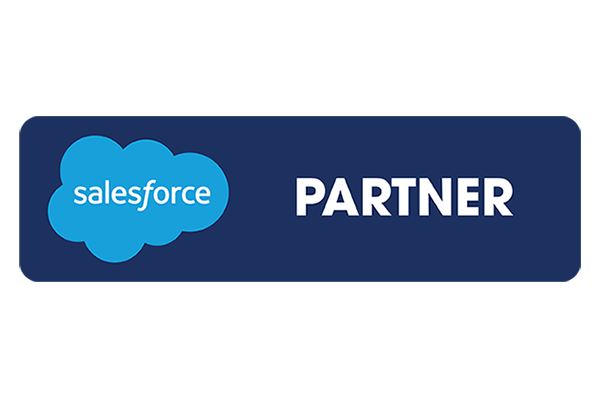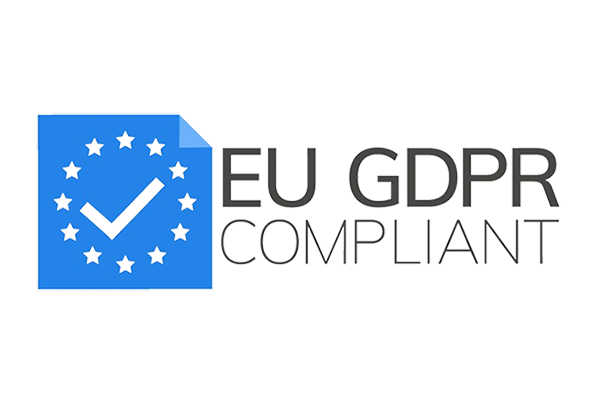Communicating ESG for the 2026 SORP: What Tier 3 Charities Need to Know
Published:15 July 2025
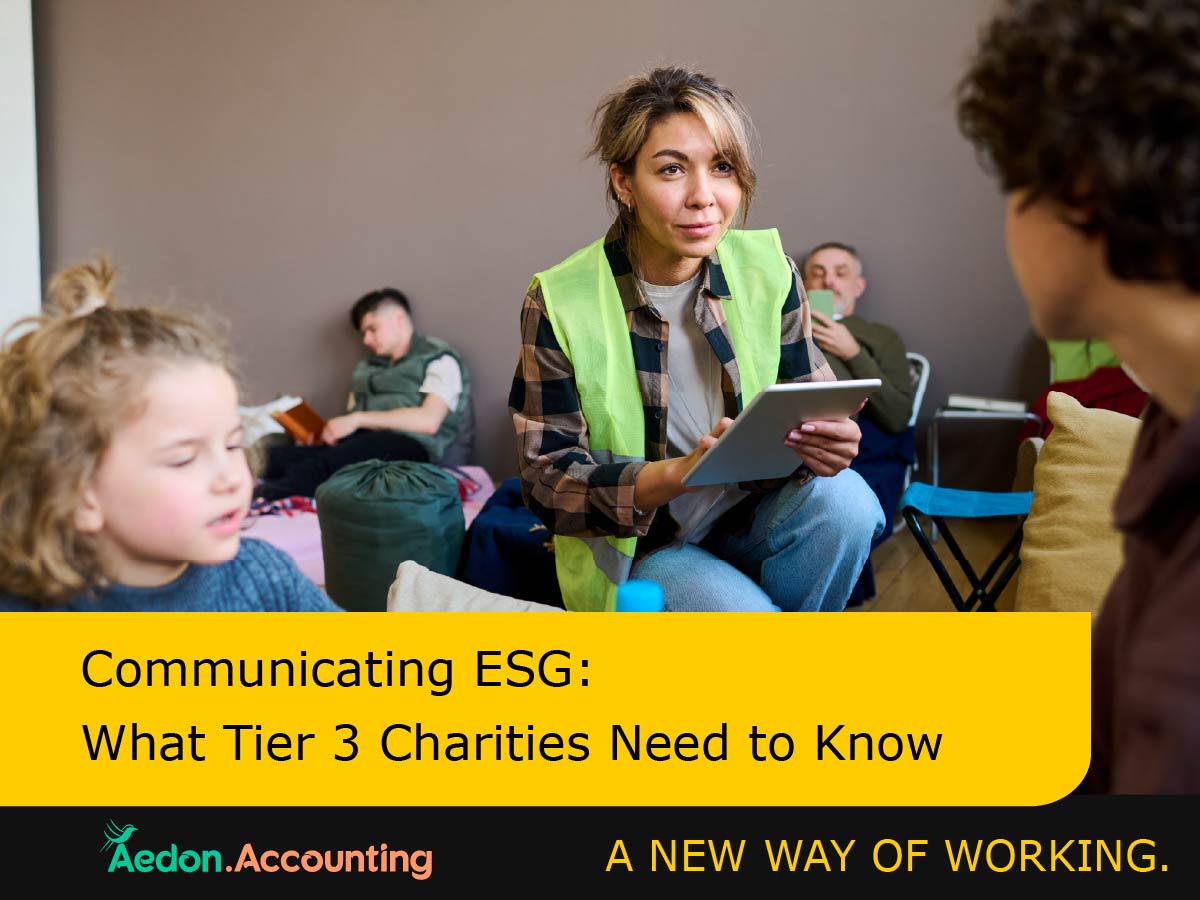
For Tier 3 charities, ESG reporting isn’t just a tick-box exercise—it’s a vital communication tool. A good report acts as a “crib sheet” for funders, partners, staff, and the public, showing how your charity lives its values and manages its impact.
Done well, it can boost funding proposals, support new partnerships, and help retain great people. But how can smaller charities make this happen without the resources of the sector’s giants?
The 2026 Charity SORP is just around the corner, and ESG for Tier 3 Charities is going to feature. So you must pay attention to remain compliant.
Integrating ESG into the Annual Report
Forget glossy standalone ESG reports—Tier 3 charities are better served by integrating ESG into the annual Trustees’ Report. This is more efficient and ensures your financial and impact narratives are aligned.
A smart approach includes:
- A dedicated ESG section,
- ESG risks/opportunities in the strategy section,
- Financial efficiencies (like energy savings) in the financial review.
Learning from the Leaders
Even if you’re not Oxfam or the British Red Cross, you can borrow ideas from their reports.
Oxfam GB:
- Breaks down emissions by category—including Scope 3,
- Sets time-bound emissions targets,
- Shares supply chain transparency metrics, which Tier 3s can adapt with a simple supplier questionnaire.
British Red Cross:
- Focuses on material issues like buildings and vehicles,
- Created “carbon champions” and an Environmental Fund,
- Demonstrates cost savings of £657k over 9 years—clear proof that ESG saves money.
Greenpeace & Amnesty:
Though their focus is external advocacy, their work reinforces the importance of ethics, governance, and values within any charity.
Choosing a Framework That Works
To bring structure and credibility to ESG reporting, charities can align with well-known frameworks:
GRI Standards: Widely used, detailed, and flexible.
UN SDGs: A clear, accessible way to show impact by aligning with global goals (e.g. SDG 3: Good Health and Wellbeing).
Pick what fits—don’t use every metric, just the ones that matter.
Overcoming the Barriers
Implementing ESG in a Tier 3 charity isn’t without its hurdles—tight budgets, limited staff time, and a lack of in-house expertise can make it feel daunting. But with the right mindset and strategy, it’s absolutely achievable.
The Main Challenges
- Time and Budget: ESG can feel like an ‘add-on’.
- Technical Knowledge: Teams are often program and fundraising focused.
- Data Collection: Gathering impact data and Scope 3 emissions is tough.
- Competing Priorities: ESG benefits are often long-term.
A Phased Approach
Start simple. Build up. The Chartered Governance Institute’s maturity model offers a great roadmap:
Stage 1 – Aware: Nail the basics (governance code, policies).
Stage 2 – Active: Start footprinting, switch to green suppliers, collect simple EDI data.
Stage 3 – Advanced: Publish targets, integrate ESG into reports, undergo external governance reviews.
Make the Most of Free Tools
- Free checklists (e.g. NCVO)
- Free carbon calculators
- Free impact measurement toolkits
- Share resources and learn from others—peer networks like NICVA’s Impact Practice Network are gold dust.
Focus on What Matters
Conduct a materiality assessment to focus your ESG work. Speak to your staff, board, key funders and beneficiaries to find out what truly matters. You don’t need to do everything—just the things that move the needle.
What Funders Want: ESG as the New Normal
Funders and donors are shifting. The new philanthropic landscape is more data-driven, more strategic, and far more demanding. ESG is now the shared language of accountability, impact, and trust.
From Donors to Stakeholders
Funders now want:
- Transparency,
- Tangible results,
- Responsible use of funds.
This isn’t just about storytelling—it’s about evidence. They want to see what’s changing because of their investment.
The Impact Investment Mindset
Impact investing is on the rise. Foundations want returns—social, environmental, and financial. That means grantees (you!) are expected to show your value in ESG terms, not just programme outputs.
This changes your relationship with funders. You’re no longer a passive recipient—you’re a partner in delivering outcomes.
The ESG Due Diligence Checklist
What are funders looking for?
- Mission-Operations Alignment: Do your practices reflect your purpose?
- Strong Governance: Transparent, diverse, and effective boards.
- Impact Evidence: A clear Theory of Change and data to back it up.
Position Your Charity for Success
To stand out:
- Tell your ESG story: Make it part of your website, proposals, and comms.
- Be proactive: Publish ESG data online before it’s requested.
- Be prepared: Have answers ready for due diligence questions.
Bottom Line: ESG reporting isn’t just a best practice—it’s becoming essential. For Tier 3 charities, it’s a chance to build trust, secure funding, and show leadership. Start where you are, build steadily, and stay focused on what really matters.
How Aedon.Accounting Can Assist
At Aedon.Accounting, we design accounting software around the real challenges Tier 3 charities face — including the increasing importance of ESG. Our tools help you track project impact, build trustee dashboards, and prepare for the reporting changes coming in the 2026 Charity SORP.
Follow Aedon.Accounting for the definitive information on the SORP 2026. Read our blogs, visit Aedon.Charities.

